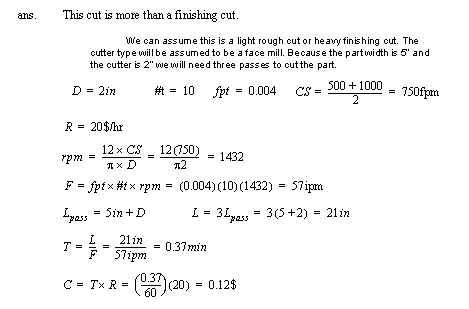

doi: 10.1002/mawe.200700196Ĭosta A, Miranda RM, Quintino L (2006) Materials behavior in laser welding of hardmetals to steel. J Mater Eng Perform 19:294–300īarbatti C, Garcia J, Liedl G, Pyzalla A (2007) Joining of cemented carbides to steel by laser beam welding. Xu PQ, Zhao XJ (2010) Analysis of microstructure and properties of cemented carbide and invar alloy weldment. Liu LM, Qi XD (2010) Strengthening effect of nickel and copper interlayers on hybrid laser–TIG welded joints between magnesium alloy and mild steel. doi: 10.1007/s0017-0īag S, Trivedi A, De A (2008) Use of a multivariate optimization algorithm to develop a self-consistent numerical heat transfer model for laser spot welding. Rohde M, Markert C, Pfleging W (2010) Laser micro-welding of aluminum alloys: experimental studies and numerical modeling. Mackwood AP, Crafer RC (2005) Thermal modeling of laser welding and related processes: a literature review.


Valente RAF, Jorge RMN, Roque AP, Parente MPL, Fernandes AA (2008) Simulation of dissimilar tailor-welded tubular hydroforming processes using EAS-based solid finite elements. While the amount of melt filling the back welds metal of keyhole was larger than that caused by plume losses and the shrinkage of weld metal, the humps came into being. Before the solidification of the upper part of the melt, the melt was driven by the fluctuated plasma, plumes, or other forces.

During the hybrid welding, the main forces influencing the surface depression or humping were intrinsic stress from coefficient of thermal expansion gradient, surface tension, buoyancy force, stirring action, and shock waves at the end of the keyhole. And the penetration coefficient chiefly affected the root of weld and the keyhole formation. The results manifested that in the model, the circular disk radius played a key role in the formation of bead profile. For mechanism surface formation, surface depression or humps was discussed based on the high-speed photography technique to verify bead profile characterization. The effects of the circular disk of radius and the material properties on the bead profile were discussed. In contrast, laser heat source model was validated using macrostructure analysis results. It is a chemical compound containing powder forms of cobalt and tungsten carbide which are during a specific sintering process fused together into a dense "hard metal".In order to optimize the laser–tungsten inert arc (TIG) welding process of cemented carbide to steel, a novel combined model consisting of circular disk source, line source, and double ellipsoidal TIG heat source was put forward to simulate the deep penetration phenomena and bead profile. Tungsten carbide (commonly known as widia) is the most frequently used material for tip inserts of our ski pole ferrules. XC and rollerski widia (tungsten carbide) tip Materials and versions of ski pole tip endsįerrules for ski poles can be combined with different kinds of tips:Īlpine rounded widia (tungsten carbide) tip Ski pole ferrules and tips for ski, touring, Cross-Country & rollerski polesĪll our ski pole ferrules and tips are made of top-quality materials, which are resistant to low and high temperatures.įerrules in combination with alpine tip ends (steel or tungsten carbide) are used also on trekking and hiking poles.įerrules are produced for next shafts or poles:įerrules for Cross-Country (XC) and rollerski poles (for tapered shafts)


 0 kommentar(er)
0 kommentar(er)
